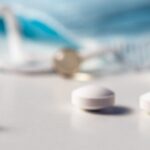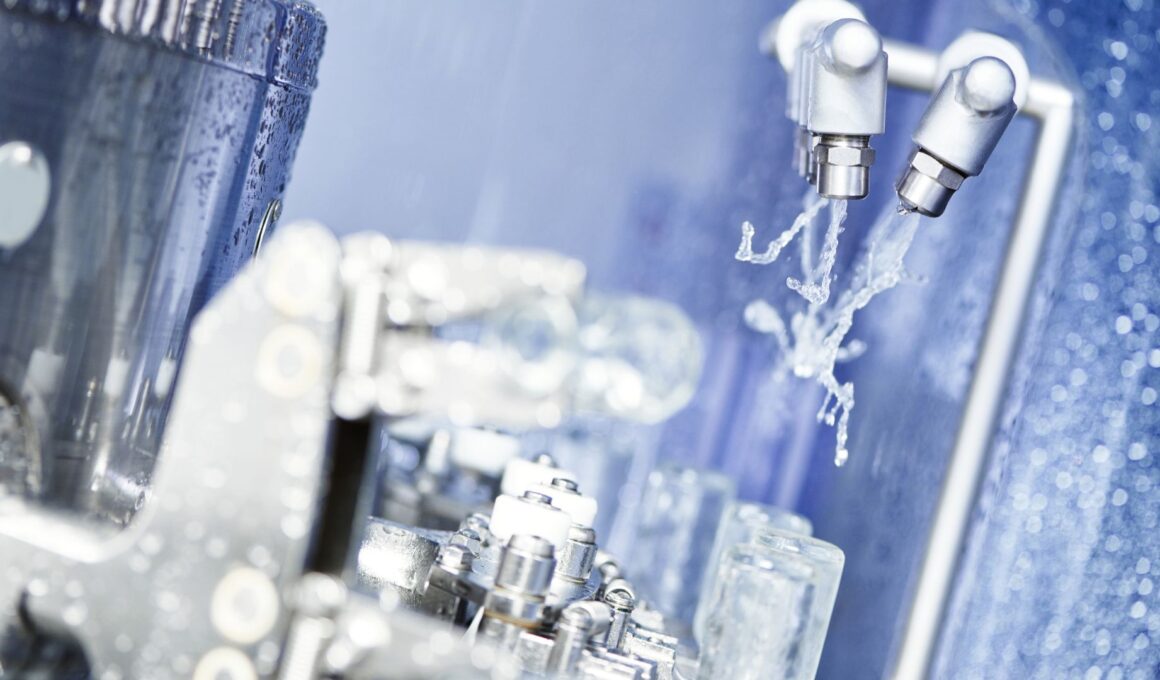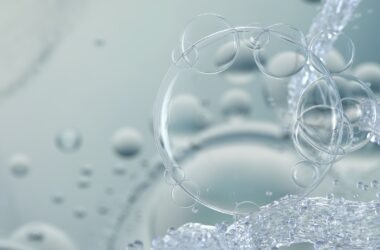In the pharmaceutical industry, every aspect of production is scrutinized to ensure the safety, efficacy, and reliability of medications. One crucial stage in pharmaceutical manufacturing is vial washing, a process that has seen significant advancements in recent years.
The Importance of Vial Washing
Vial washing is a critical step in pharmaceutical manufacturing, as it ensures that containers, typically glass vials, are thoroughly cleaned and free from contaminants before they are filled with drugs. Proper vial washing is essential to prevent contamination, maintain product integrity, and meet regulatory requirements.
Key Advancements in Linear Vial Washing Technology
1. Improved Cleaning Efficiency:
- Modern linear vial washing machines are equipped with advanced cleaning mechanisms that use a combination of high-pressure water jets, air, and detergents to remove even the most stubborn contaminants from vial surfaces. These systems ensure consistent and thorough cleaning, reducing the risk of cross-contamination.
2. Flexibility in Vial Handling:
- Newer vial washing machines are designed to accommodate a wide range of vial sizes and formats, from small vials to larger ones, without the need for extensive changeovers. This flexibility streamlines production processes and reduces downtime.
3. Reduced Water and Energy Consumption:
- Sustainable manufacturing practices are a growing concern in the pharmaceutical industry. Advanced vial washing machines incorporate features that optimize water and energy usage, contributing to environmental sustainability while maintaining cleaning effectiveness.
4. Innovative Drying Technologies:
- After the washing process, vials must be thoroughly dried to prevent residual moisture. Innovative drying systems in modern machines use forced air or vacuum technology to achieve rapid and consistent drying, ensuring vials are ready for filling.
5. User-Friendly Interfaces:
- User interfaces have become more intuitive, simplifying machine operation and reducing the potential for human error. Operators can easily adjust settings, monitor the cleaning process, and access diagnostic information.
6. Compliance with Regulatory Standards:
- The pharmaceutical industry is subject to strict regulatory guidelines. Advanced vial washing machines are designed with compliance in mind, incorporating features such as validation documentation, traceability, and data logging to meet regulatory requirements seamlessly.
Benefits of Advanced Linear Vial Washing Technology
The adoption of advanced linear vial washing technology brings several benefits to pharmaceutical manufacturers:
- Enhanced Product Quality: Improved cleaning efficiency and drying technology ensure that vials are free from contaminants, contributing to the overall quality and safety of pharmaceutical products.
- Reduced Downtime: Flexibility in handling various vial sizes and formats, along with user-friendly interfaces, minimizes changeover time and operational disruptions.
- Sustainability: Reduced water and energy consumption align with environmental sustainability goals, making pharmaceutical production more eco-friendly.
- Regulatory Compliance: Advanced features enable compliance with stringent regulatory standards, reducing the risk of non-compliance and associated consequences.
Advancements in linear vial washing technology represent a significant step forward in pharmaceutical manufacturing. These innovations not only enhance the efficiency and effectiveness of the vial washing process but also contribute to the overall quality and sustainability of pharmaceutical production. As the pharmaceutical industry continues to evolve, embracing these technological advancements is essential to ensure the safe and reliable delivery of medications to patients worldwide.
Review Heading
Review Heading-
Criteria One4/5 GoodUt pede leo libero cum ridiculus quis arcu natoque ullamcorper eget nulla sociis. Semper condimentum quam.
-
Criteria Two5/5 AmazingUt pede leo libero cum ridiculus quis arcu natoque ullamcorper eget nulla sociis. Semper condimentum quam.
-
Criteria Three2/5 BadUt pede leo libero cum ridiculus quis arcu natoque ullamcorper eget nulla sociis. Semper condimentum quam.







